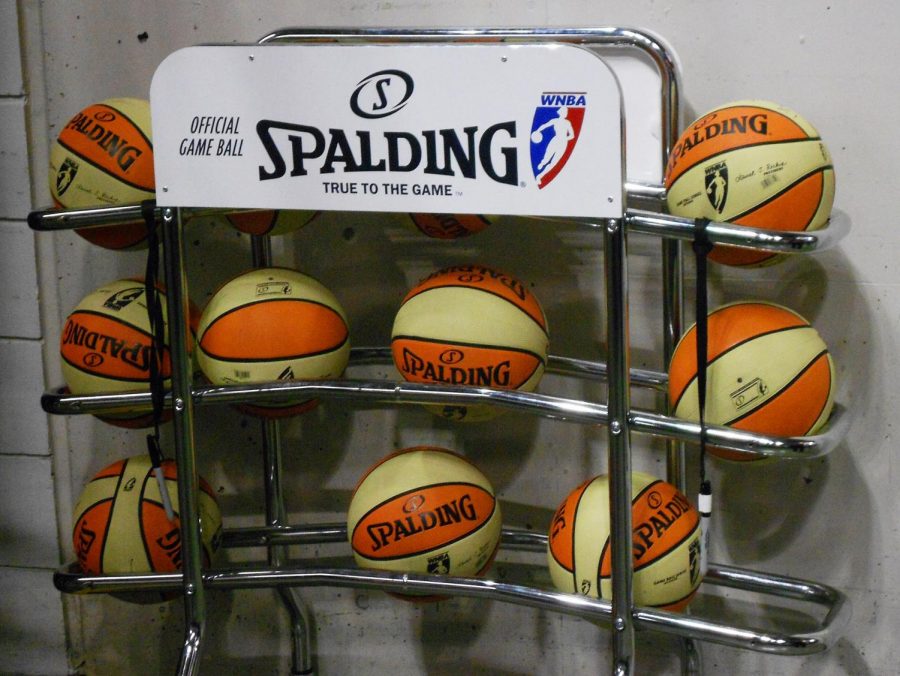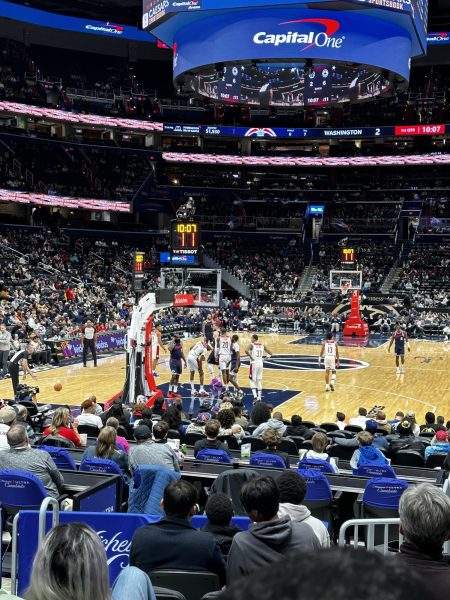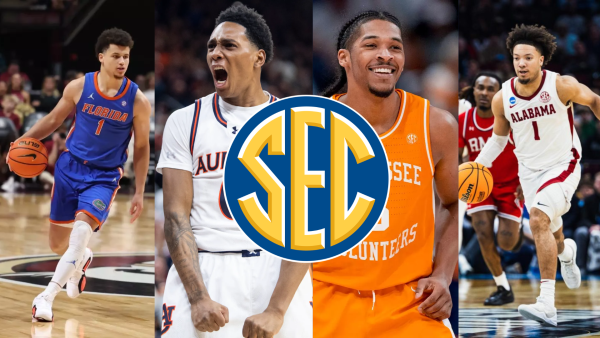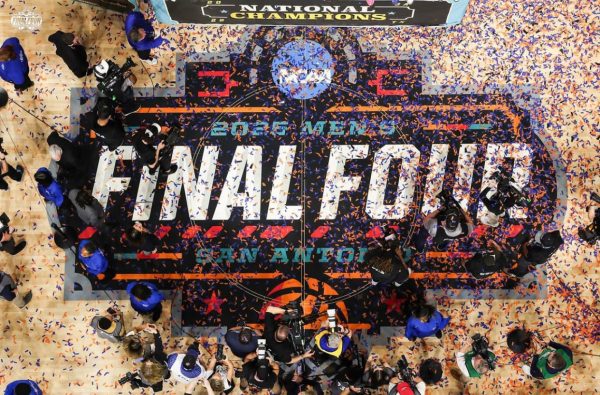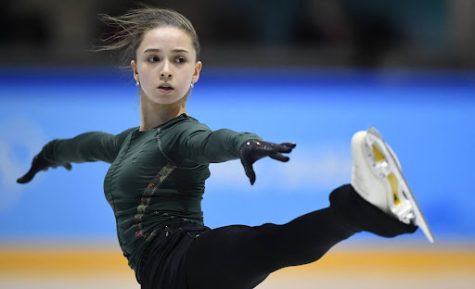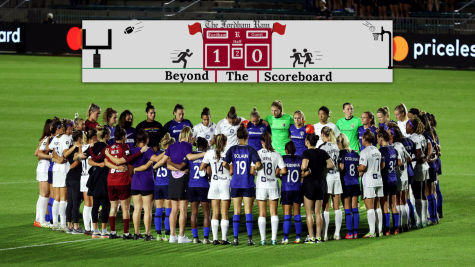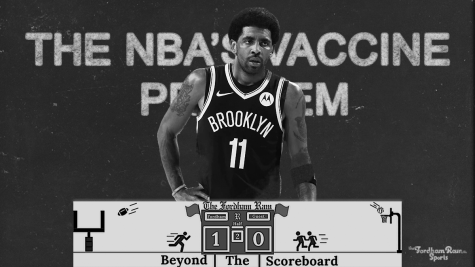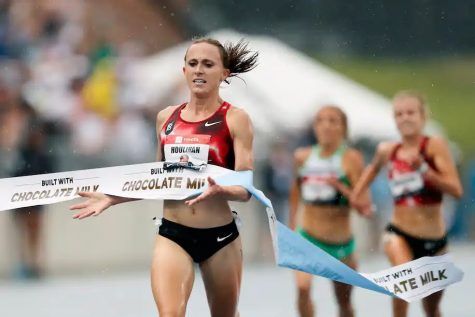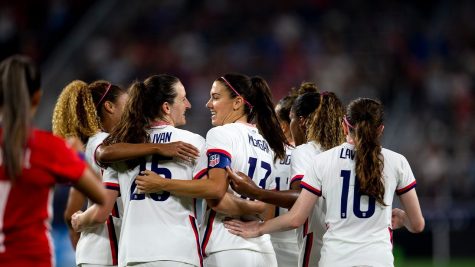Beyond the Scoreboard: New TV-Deal for WNBA is Bittersweet at Best
By Andrew Posadas
The Women’s National Basketball Association (WNBA) and CBS Sports officially signed a multiyear partnership on Monday that begins next month when the 2019 season tips off. The television deal guarantees a bigger national spotlight for women’s basketball, but also it ensures that the league’s biggest problems are yet to come.
40 more regular-season WNBA games are scheduled to be shown on the CBS Sports Network, more than double the amount already slated for national television this season (75) between ESPN and NBA TV.
On its surface, the agreement is a huge win for the WNBA in its pursuit to attract a bigger audience and generate much-needed revenue. However, I believe this deal will ultimately add more stress to an already tumultuous relationship brewing between the league and its players.
Recently, the WNBA Players Association exercised their option to terminate the current collective bargaining agreement with the WNBA after the 2019 season. And who could blame them?
At the current moment, the league has still not named a replacement for former WNBA President Lisa Borders after she stepped down back in October. Mark Tatum, the deputy commissioner of the NBA, has filled in admirably as interim commissioner but there is no indication a permanent leader will be named in the near future.
When collective bargaining negotiations get underway after the season, the convoluted task of coming to an agreement with the players association needs to be in capable hands, especially when there are considerable issues to discuss.
The most important issue centering on the WNBA’s base salary, or lack thereof. Haters and detractors might belligerently argue that WNBA players should not earn as much as their NBA counterparts because they simply do not generate the same revenue. Forget that comparison for a minute; instead, let’s take a moment to consider why these players would rather play in Europe than domestically.
Take the biggest story in the WNBA before this deal was agreed upon: Seattle Storm superstar and reigning league MVP, Breanna Stewart. Her accolades over the past year also include WNBA Finals MVP as well as FIBA World Cup MVP. She is unquestionably the best women’s basketball player in the world. However, in the WNBA, Stewart was only paid a base salary of roughly $57,000 for her incredible season.
Stewart, among many other star players, chose to earn more money by playing overseas in the offseason, where players can make more than a million dollars in base salary. Sadly, Stewart ruptured her Achilles playing for Russian team Dynamo Kursk in the EuroLeague championship game. Obviously, she is not the first WNBA player to sustain such a catastrophic injury but that is not the point.
Having to play basketball year-round in order to make a living without the proper offseason time only sets up more potential injuries for the WNBA’s biggest stars. The WNBA should agree on a collective bargaining agreement which would prohibit players from jumping over seas after the season concludes.
Unfortunately, none of that will be possible if the MVP and face of its league cannot even break six figures for an entire WNBA season. What baffles me further is that the NBA has not done more for their sister company.
The NBA owns 50% of the WNBA, but where are the commercials and advertisements highlighting the countdown to the WNBA season during NBA Playoff coverage? I can count on one hand the amount of WNBA commercials I have seen during playoff games on ESPN and TNT.
There is absolutely no reason why women’s basketball can’t generate the money necessary to keep its players happy financially. If Europe found a way to make women’s basketball profitable for all parties, the WNBA needs to catch up as they are still grossly behind the EuroLeague.
In early February, I was given the opportunity to become one of the beat reporters for the New York Liberty at WFUV. Without hesitation, I sent an email confirming my assignment and found myself uncontrollably giddy. I even thought to myself, “Hey, maybe I’ll get the chance to see Breanna Stewart up close and personal when the Seattle Storm comes to town.”
Now, because of the WNBA’s lackadaisical effort to protect its players, I won’t be seeing Stewart battle the Liberty or any team for that matter. But at least we get to watch the games on TV, right?



































































































































































































